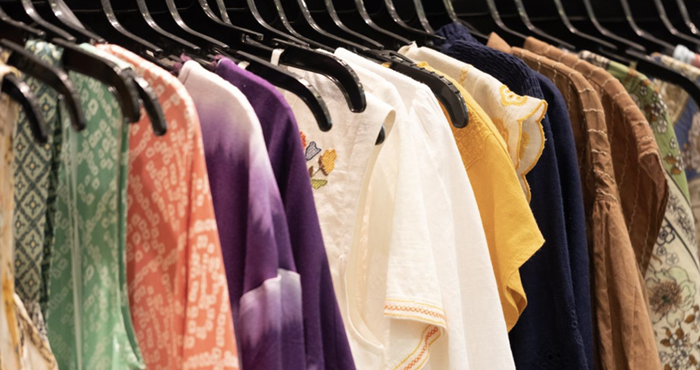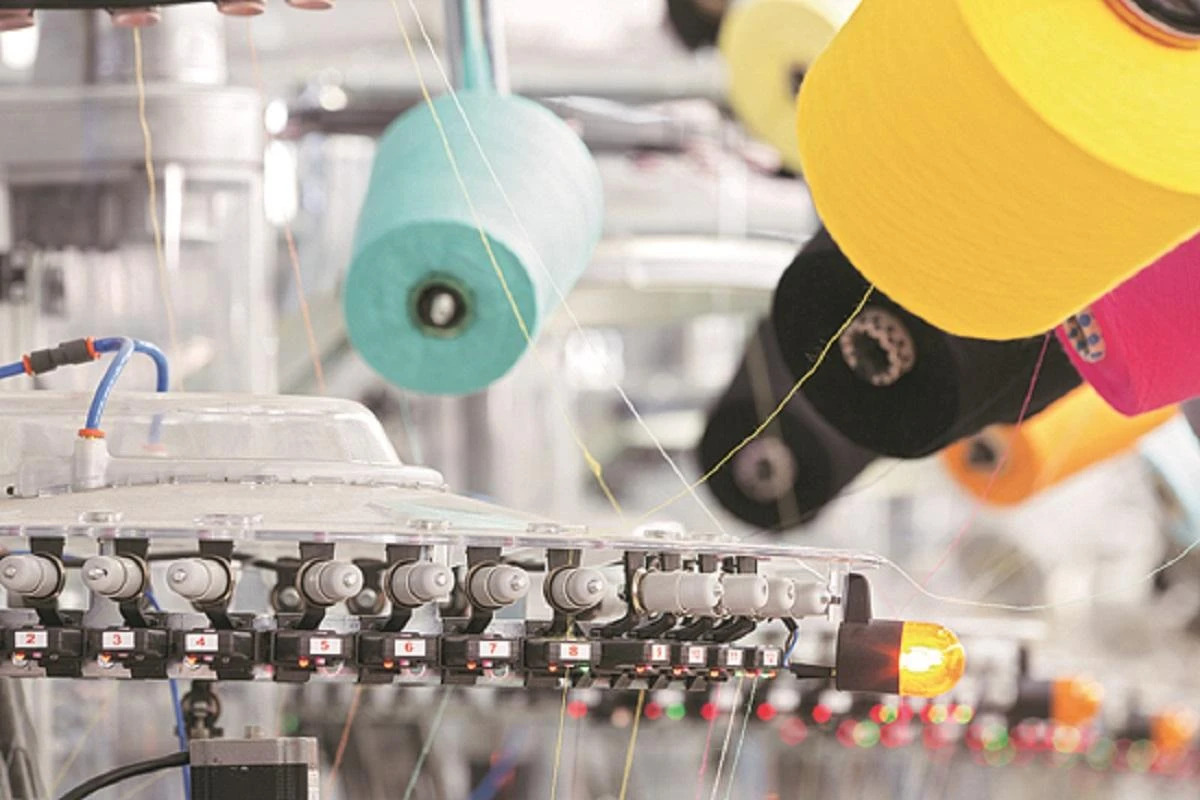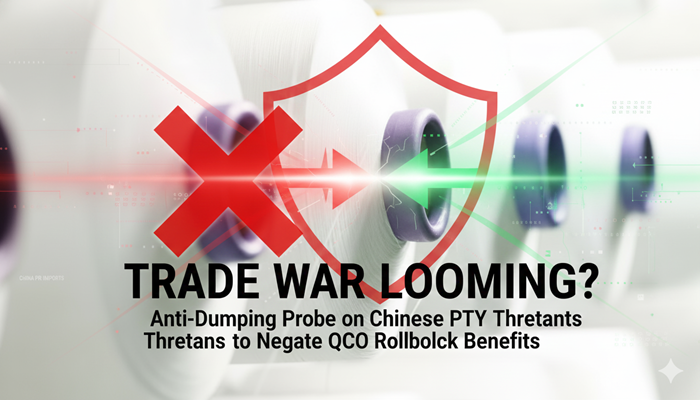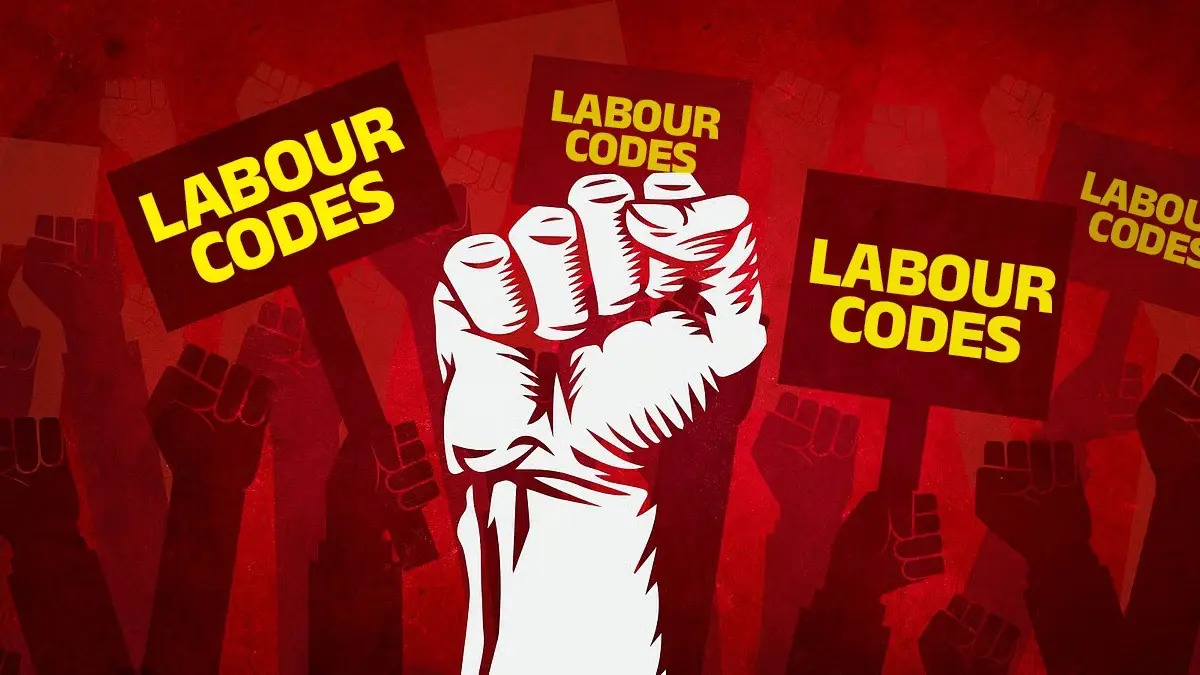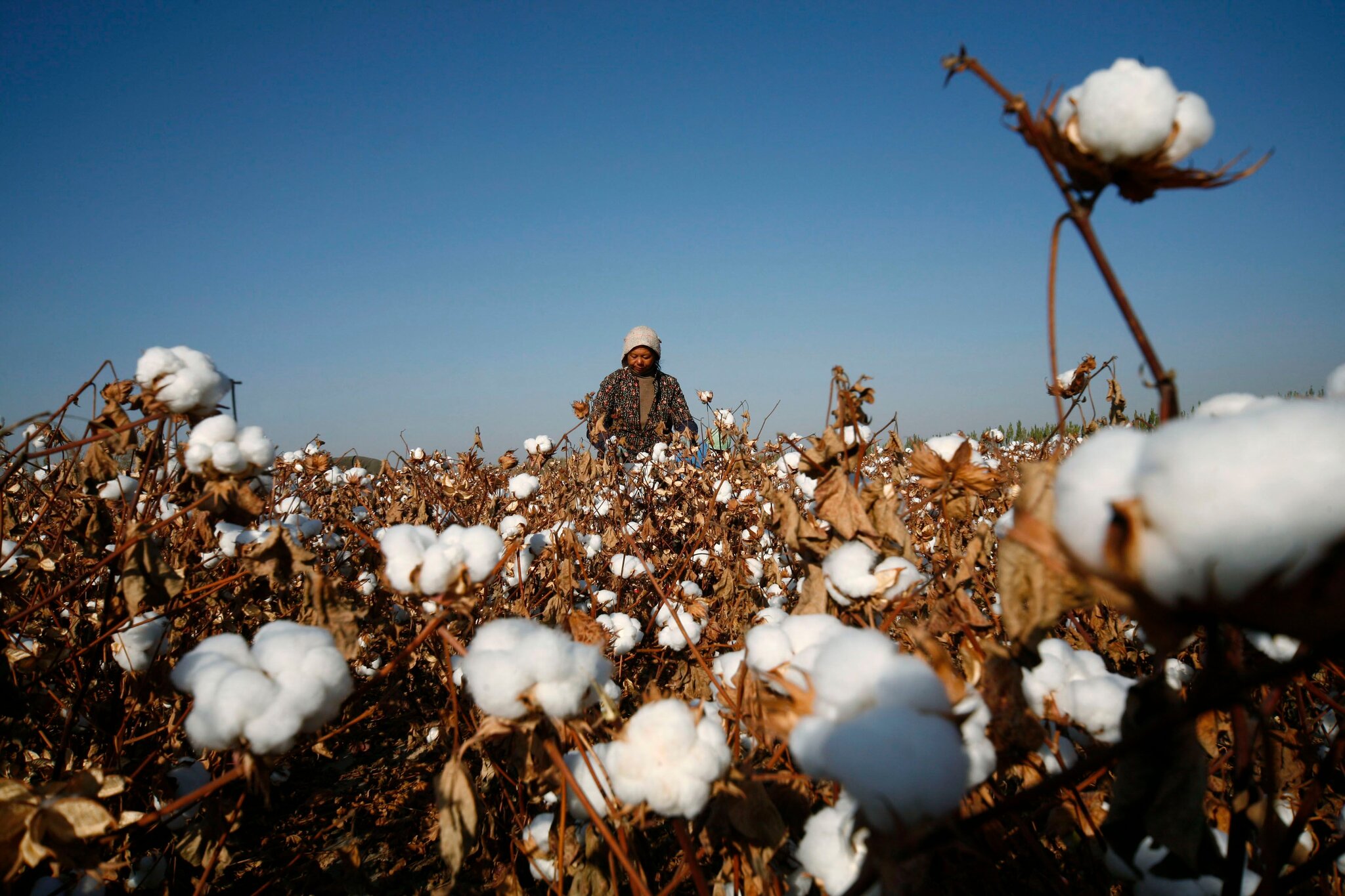Garment manufacturers in Bangladesh are setting their sights on an additional $5 billion in annual export earnings following a crucial policy adjustment by the government regarding the deemed export status for certain auxiliary industries. This strategic move aims to resolve long-standing tax issues and reduce operational costs for garment factories, thereby boosting their competitiveness.
The dispute centered on whether utility providers (like power companies) and certain support industries (like laundries, dyeing, and embroidery) selling services to Export-Oriented Garment (EOG) factories should qualify as ‘deemed exporters.’ When this status was challenged, these service providers lost tax benefits, leading them to charge EOGs higher prices, effectively raising the garment sector’s production costs.
The government has reinstated and clarified the deemed export status for these critical support industries, making them once again eligible for tax breaks, including a crucial Value Added Tax (VAT) exemption on their sales to garment makers.
By exempting these intermediate goods and services from VAT, the cost of production for garment makers - especially those involved in intricate dyeing, washing, and finishing—is expected to fall significantly.
Industry leaders, including those from the Bangladesh Garment Manufacturers and Exporters Association (BGMEA), believe this reduction in operational costs will make their products more price-competitive globally. They project this single policy adjustment could immediately contribute to an extra $5 billion in annual export value. The move is critical for maintaining Bangladesh's edge against competitors like Vietnam and India, especially in the context of rising global inflation and buyers demanding lower prices.
This clarity provides predictability for businesses, encouraging both domestic and foreign investors to invest in modernizing dyeing, washing, and finishing facilities, which are essential for producing high-value apparel.
The consensus is that by resolving this tax ambiguity, the government has given a much-needed push to the garment sector, allowing manufacturers to focus on securing larger orders and pushing up export earnings.



